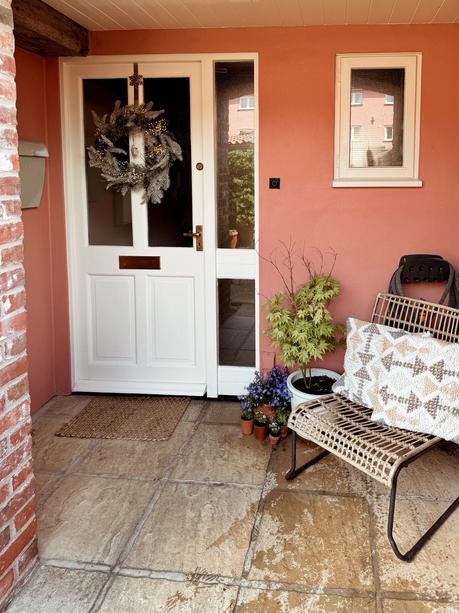
1. Install Childproof Door Locks
Use childproof door locks that are difficult for children to open but convenient for adults. These can include top-of-door locks, doorknob covers, or lever handle locks. These locks prevent children from opening the door and wandering outside unsupervised, which can be extremely dangerous, especially if your home is near a busy street or other hazards.
2. Use Door Alarms
Install door alarms that chime or alert you when the door is opened. Door alarms provide an extra layer of security by notifying you immediately if the door is opened, allowing you to respond quickly and ensure your child is safe.
3. Secure Sliding Doors
For sliding front doors, use locks specifically designed for sliding mechanisms. Consider placing a dowel or security bar in the track to prevent the door from being opened. Sliding doors can be easy for children to open. Additional security measures ensure they remain closed and locked, preventing accidental escapes.
4. Use Finger Pinch Guards
Install finger pinch guards on the front door to prevent little fingers from getting pinched in the door hinges. These guards provide a barrier that stops the door from closing completely, protecting children’s fingers from being trapped and injured.
5. Add a Peephole or Window Guard
Ensure any peephole or window on the front door is at an appropriate height for adults but out of reach of young children. Use window guards if necessary. Children might try to climb to look through peepholes or windows, which can lead to falls or other injuries. Keeping these out of reach helps prevent such accidents.
6. Install a Door Closer
Install a door closer that gently closes the door automatically. A door closer ensures that the door doesn’t stay open accidentally, reducing the risk of children wandering out. It also prevents the door from slamming shut, which can cause injuries.
7. Use a Door Stopper
Place a door stopper to keep the door from closing completely or to hold it open when needed. Door stoppers prevent doors from slamming and can also be used to keep the door open at a safe angle, reducing the risk of injury from swinging doors.
8. Keep Keys Out of Reach
Store keys in a place that is high and out of reach or in a locked drawer. Children may try to use keys to unlock doors or play with them, leading to potential escape or other dangers. Keeping keys out of reach ensures they are not accessible to curious little hands.
9. Educate Your Children
Teach your children about the dangers of opening the front door and the importance of staying inside without adult supervision. Education is a powerful tool in prevention. Explaining the risks and setting clear boundaries helps children understand the importance of not playing with or opening the front door.
10. Regularly Check Safety Measures
Regularly inspect and maintain all childproofing measures to ensure they are functioning correctly and securely in place. Wear and tear can compromise the effectiveness of childproofing devices. Regular checks ensure that all safety measures are in optimal condition, providing continuous protection.
Childproofing your front door is an essential part of creating a safe home environment for your children. By implementing these tips, you can significantly reduce the risk of accidents and ensure your child’s safety. Remember, a combination of physical safety measures and education is the most effective approach. Regularly review and update your childproofing strategies as your child grows and their abilities change. With these precautions in place, you can enjoy greater peace of mind knowing your little ones are safe and secure.
K Elizabeth xoxox
*Collaborative Post
